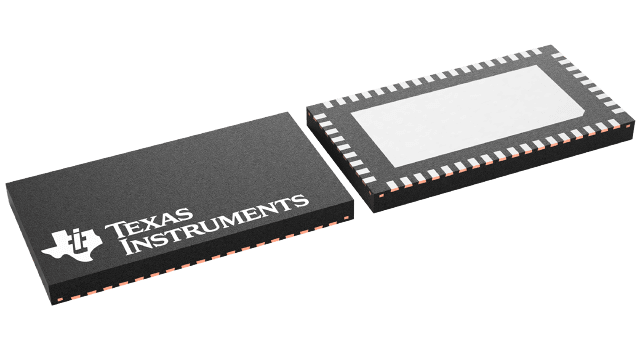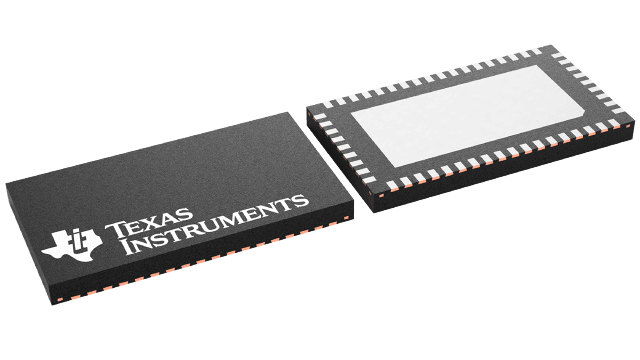Texas Instruments
DS125BR800ANJYT
DS125BR800ANJYT
Couldn't load pickup availability
DS125BR800ANJYT Texas Instruments - Yeehing Electronics
12.5-Gbps 8-channel redriver with input CTLE and output De-Emphasis
Pricing (USD)
| Quantity | Unit Price |
| 1 — 99 | 13.059 |
| 100 — 249 | 11.407 |
| 250 — 999 | 8.795 |
| 1,000 + | 6.29 |
The above prices are for reference only.
Specifications
| Manufacturer | Texas Instruments |
| Product Category | Interface - Signal Buffers, Repeaters |
| RoHS | Y |
| Product | Repeaters |
| Propagation Delay Time | 200 ps |
| Maximum Clock Frequency | 520 kHz |
| Operating Supply Voltage | 3.3 V, 2.5 V |
| Minimum Operating Temperature | - 40 C |
| Maximum Operating Temperature | + 85 C |
| Mounting Style | SMD/SMT |
| Package / Case | WQFN-54 |
| Packaging | Reel |
| Series | DS125BR800A |
| Brand | Texas Instruments |
| Ciss - Input Capacitance | 10 pF |
| Development Kit | DS125BR800AEVM |
| Moisture Sensitive | Yes |
| Operating Supply Current | 30 mA |
| Pd - Power Dissipation | 900 mW |
| Product Type | Signal Buffers, Repeaters |
| Factory Pack Quantity | 250 |
| Subcategory | Interface ICs |
| Unit Weight | 0.004783 oz |
For more information, please refer to datasheet
Documents
| DS125BR800ANJYT Datasheet |
More Information
The DS125BR800A is an extremely low-power high-performance multi-protocol repeater/redriver designed to support eight channels of PCIe, SAS, and other high-speed interface serial protocols up to 12.5 Gbps. The receiver's continuous time linear equalizer (CTLE) provides a boost of up to +30 dB at 6.25 GHz (12.5 Gbps) in each of its eight channels and is capable of opening an input eye that is completely closed due to inter symbol interference (ISI) induced by interconnect medium such as 30in+ backplane traces or 8m+ copper cables, hence enabling host controllers to ensure an error free end-to-end link. The strong linear equalization maximizes interconnect channel extension when the DS125BR800A is placed with the majority of channel loss on the devices input side. Adjustable transmit de-emphasis and output voltage amplitude help to compensate for the remaining channel attenuation on the output side.

